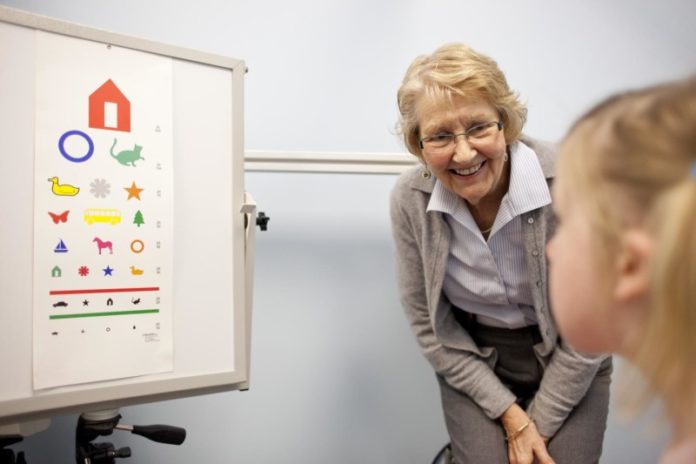
Autism is a spectrum of closely related disorders diagnosed in patients who exhibit a shared core of symptoms, including delays in learning to communicate and interact socially. Early detection of autism in children is the key for treatments to be most effective and produce the best outcomes. Using advanced three-dimensional imaging and statistical analysis techniques, researchers at the University of Missouri have identified facial measurements in children with autism that may lead to a screening tool for young children and provide clues to its genetic causes.
“We want to detect the specific facial traits of the face of a child with autism,” said Ye Duan, associate professor of computer science in the College of Engineering at MU. “Doing so might help us define the facial structures common to children with autism and potentially enable early screening for the disorder.”
Expanding upon previous studies using two-dimensional imaging, Duan, working with Judith Miles, professor emerita of child health-genetics in the MU Thompson Center for Autism and Neurodevelopmental Disorders at MU, used a system of cameras to photograph and generate three-dimensional images of children’s faces.
The children selected were between 8 and 12 years old. One group of children had been diagnosed with autism by the Thompson Center; the other group consisted of typically developing children. Researchers photographed the faces of children using three-dimensional imaging, which allowed scientists to measure distances along the curvature of the face rather than in a straight line as had been done in previous tests. Duan then ran sophisticated statistical analyses to measure minute differences in the facial measurements of each group.
“It all started from a clinical observation,” Miles said. “Over years of treating children, I noticed that a portion of those diagnosed with autism tend to look alike with similar facial characteristics. I thought perhaps there was something more than coincidence at play. The differences were not abnormal, rather they appeared analogous to similarities observed among siblings. Using three-dimensional images and statistical analysis, we created a ‘fine-tuned map’ of children’s faces and compared those measurements to the various symptoms they exhibit. By clustering the groups based on their facial measurements and recording their autism symptoms, we wanted to determine whether subgroups based on facial structure correlate with autism symptoms and severity.”
The group’s analyses revealed three distinct subgroups of children with autism who had similar measurement patterns in their facial features. These subgroups also shared similarities in the type and severity of their autism symptoms.
Miles said that next steps include inviting other research groups to replicate our findings and to perform DNA analyses to look for specific genes associated with each subgroup. Identifying genes associated with each subtype of autism could potentially lead to the development of more effective treatments and drug therapies, she said.
The team’s paper, “Facial structure analysis separates autism spectrum disorders into meaningful clinical subgroups,” was funded in part by the Department of Defense’s Medical Research and Development Program and was published in the Journal of Autism and Developmental Disorders.
Story Source:
The above story is based on materials provided by University of Missouri-Columbia. Note: Materials may be edited for content and length.
Journal Reference:
- Tayo Obafemi-Ajayi, Judith H. Miles, T. Nicole Takahashi, Wenchuan Qi, Kristina Aldridge, Minqi Zhang, Shi-Qing Xin, Ying He, Ye Duan. Facial Structure Analysis Separates Autism Spectrum Disorders into Meaningful Clinical Subgroups. Journal of Autism and Developmental Disorders, January 2015 DOI: 10.1007/s10803-014-2290-8
